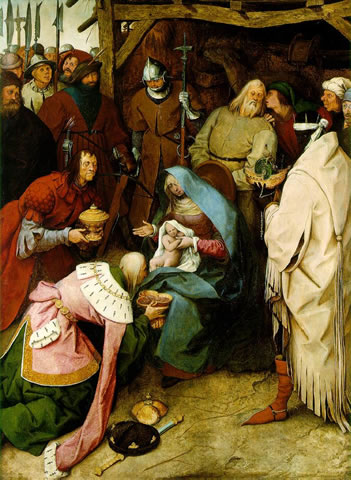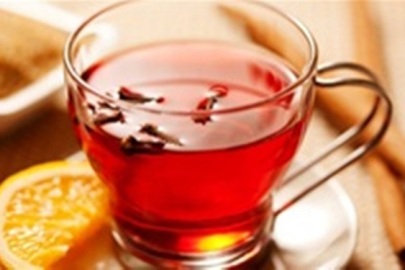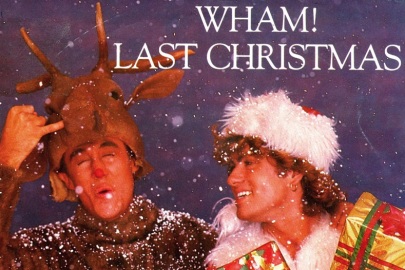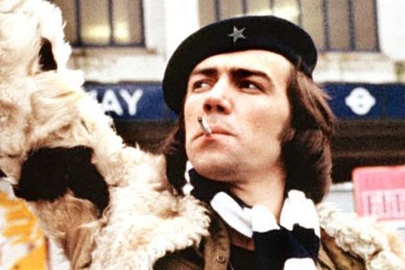In a post that originally kicked off our National Treasures series, Brit looks at an infamous nativity scene…
Pieter van Bruegel the Elder is best known for his large, peasant-filled landscapes, so this scene of the Magi offering their gifts to the infant Christ is a rare ‘close-up’.
For something painted in 1564, its irreverence is gobsmacking – or at least, it seems so to modern eyes, conditioned as we are to thinking that humour and Christian worship are incompatible, and to the Whiggish belief (lambasted here by Recusant) that pre-Enlightenment humans were puny-minded simpletons of a different species to clever old us. In truth, irreverence has mixed quite happily with piety for much of Christianity’s history. The medieval church accommodated all human life, gargoyles gurned from the masonry and beneath Brothers’ bottoms carved misericords depict all manner of bawdy scenes, from drunkenness to mooning.
But even given this knowledge, Bruegel’s irreverence is still gobsmacking, especially in the context of a Gallery full of holy scenes. Joseph – tubby, lankhaired – is as common as muck, sharing some gossip or other with an ear-bending neighbour. Jesus himself is a cheeky wee scamp; he eyes the kneeling Magi with a knowing smirk. It is said of this painting that all the bystanders are staring at the treasure rather than the infant Christ and thus Bruegel is satirising human greed. I’m not so sure about this: they seem to me to be just generally gawping at the toffs and the palaver, but they are certainly caricatures – check out the chaps on the far right, one with comedy spectacles, the other a personification of shameless nosy-parkery. They rather remind me of the Beano‘s Bash Street Kids.
Yet despite the irreverence, it is not a sacrilegious painting. Mary has a serenity about her, emphasised by the crafty halo created by Joseph’s hat. Above her head, the soldier’s pike rises in a straight line to crown the scene with an ominous Christian cross.
For me, the key to the sense of the painting is in the Kings themselves. According to the National’s website, “the elongated figures of the Kings are characteristic of a painting style that was fashionable around this time”. Maybe so, but why are the Kings’ robes so comically over-elaborate: ill-fitted to their spindly, Mervyn Peake-ish frames and dragging inelegantly in the mud? Why the cartoonish faces (two are decrepit, the other more of a guileless naif than a Wise Man)?
My take on it is that Bruegel is poking fun not at the Christian story itself, but at the Kings’ pomposity and presumptuousness in turning up in the role of Great Men – and thereby he is poking fun at man’s pomp and circumstance in general. This, in a way, is a very pious sentiment: the Kings are no better or worse than the peasants; only Jesus and his mother should be revered.












“In 1997 I wrote a brief note on Brueghel’s Adoration and I can do no better than repeat it here. This picture, dated 1564, has defeated most commentators, who have found little to say of it other than that, as an upright composition without a hint of landscape, it is a rarity in Brueghel’s work; and, of the grotesque and caricatural faces that perform as a pantomime charade what in the hands of other painters is a rich and touching episode in the tale of Christ’s nativity, they remark that Brueghel, influenced by Bosch, is in “a gently mocking mood”.
Writes our man at the Evening Standard, one Sewell, Brian.
“has defeated most commentators” , the old pooftah ain’t met our man Brit then.